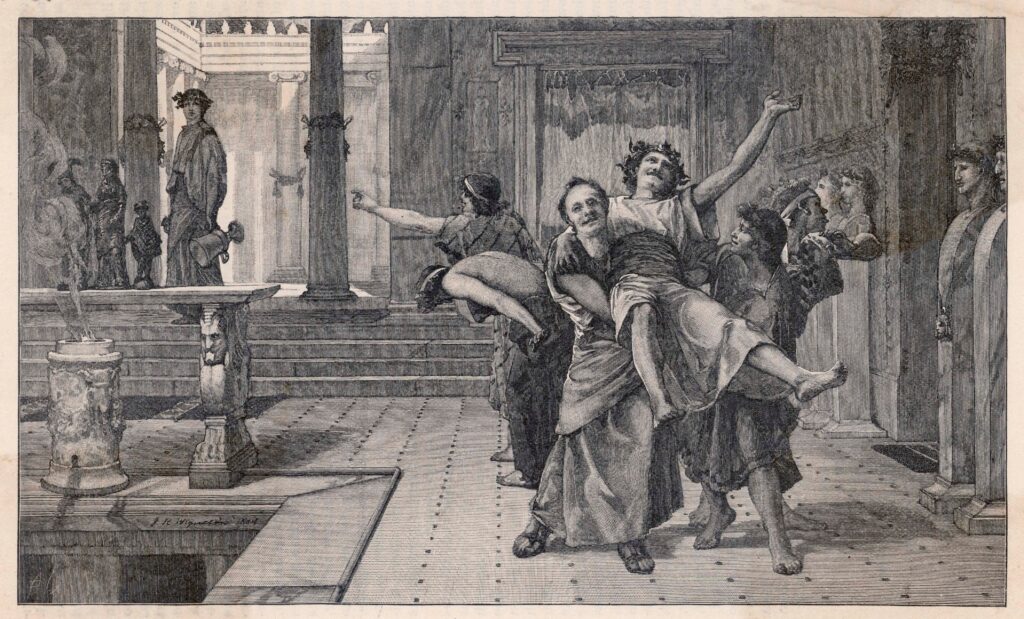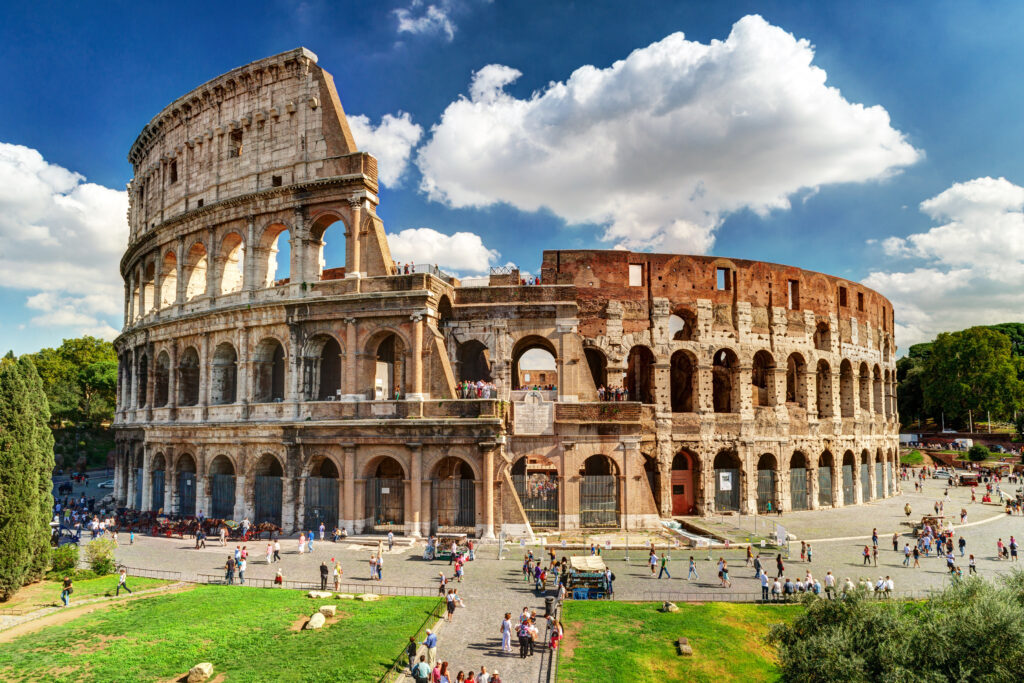Rome, often hailed as the Eternal City, is a treasure trove of history, culture, and architectural marvels. From its mythic beginnings to its profound impact on Western civilization, Rome’s storied past offers an unparalleled exploration into the heart of ancient and modern history.

Founded in 753 BC, according to legend by Romulus and Remus, Rome has evolved from a small settlement into one of the most influential empires in history. This storied journey begins with the establishment of the Roman Republic in 509 BC, which laid the groundwork for the city’s dominance over the Mediterranean and beyond.
The Roman Empire, which began with Augustus Caesar in 27 BC, marked a golden age of expansion and grandeur. Rome became the epicenter of a vast empire stretching from Britain to the Middle East, renowned for its advancements in governance, engineering, and culture. Key monuments from this era, such as the Colosseum, the Roman Forum, and the Pantheon, remain as enduring symbols of Rome’s imperial might and architectural innovation. The Colosseum, an iconic amphitheater capable of seating up to 50,000 spectators, hosted gladiatorial contests and public spectacles that defined Roman entertainment and social life.

The fall of the Western Roman Empire in AD 476 did not diminish Rome’s significance. Instead, the city evolved under Byzantine and later Papal rule, maintaining its importance through the Middle Ages. The rise of Christianity transformed Rome into a pivotal religious center, with the construction of St. Peter’s Basilica and the Vatican becoming central to the Christian world. The medieval period saw Rome’s gradual recovery and renewal, as it remained a focal point for pilgrims and scholars alike.
The Renaissance period marked another transformative era for Rome, with a resurgence of art, culture, and architecture. Popes like Julius II and Leo X commissioned works from masters such as Michelangelo, Raphael, and Bramante. The Sistine Chapel, with Michelangelo’s breathtaking frescoes, and St. Peter’s Basilica, redesigned by Bramante and later completed by Michelangelo, highlight the Renaissance’s profound impact on Rome’s cultural landscape. The city’s art and architecture from this period reflect a deep engagement with classical ideals and a forward-looking vision that reshaped the urban environment.
The 19th and 20th centuries brought modernization and change, with Rome becoming the capital of unified Italy in 1871. This era of rapid development saw the construction of new districts, the restoration of ancient ruins, and the integration of Rome’s historical layers into a modern metropolis. The city’s transformation into a political and cultural center of Italy was marked by significant architectural projects and urban planning efforts, including the creation of new roads, parks, and public spaces.
For an in-depth exploration of Rome’s rich tapestry of history, the City Sightseeing Roma service offers an exceptional way to experience the city’s key landmarks. This convenient hop-on, hop-off tour provides access to Rome’s most iconic sites. With informative commentary and flexible travel options, City Sightseeing Roma ensures a comprehensive and enjoyable journey through Rome’s historical and cultural heritage.
In summary, Rome’s grandeur is a testament to its profound historical impact, from its ancient imperial days to its Renaissance splendor and modern transformation. With City Sightseeing Roma, visitors can delve into the city’s layered past, discovering its monumental achievements and enduring legacy. Whether you’re captivated by its ancient ruins, artistic masterpieces, or vibrant street life, Rome offers a timeless journey through the heart of one of history’s greatest cities.

